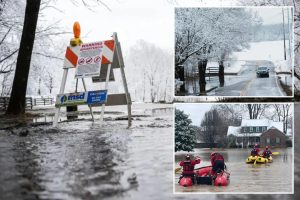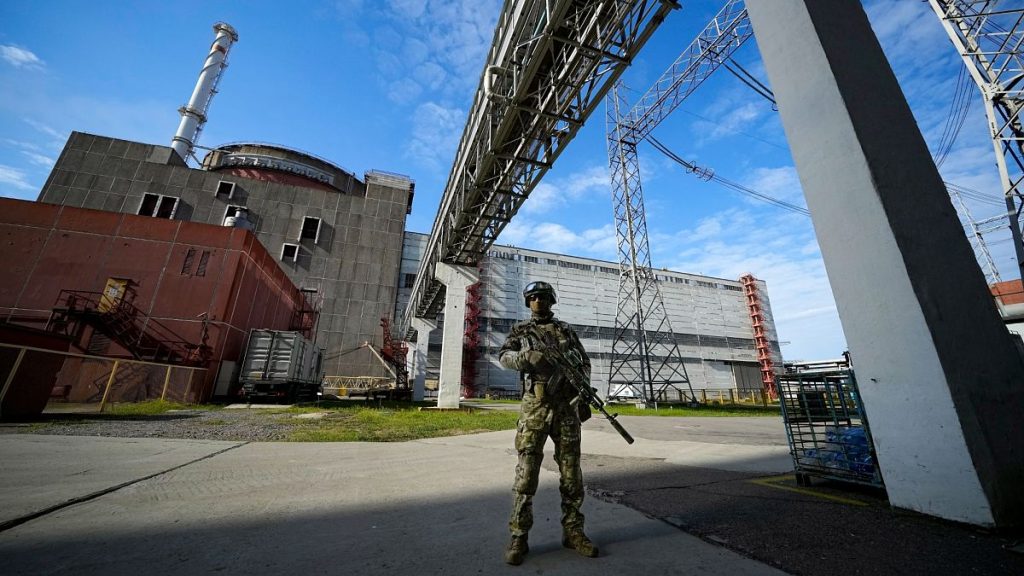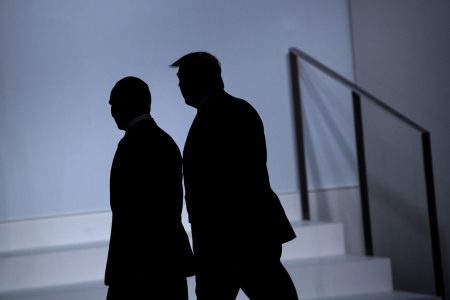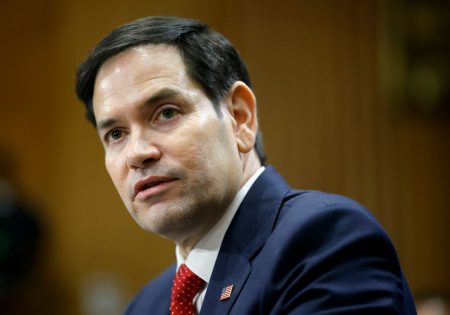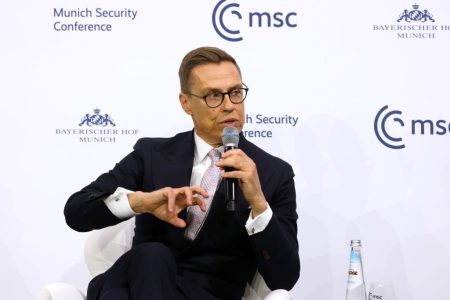Russian Forces Seize Control of Zaporizhzhia Nuclear Plant Amid Ongoing Conflict
In 2022, Russian forces invaded Ukraine and swiftly took control of the Zaporizhzhia nuclear power plant, the largest nuclear facility in Europe. Since then, the plant has remained under Russian occupation, despite ongoing fighting in the surrounding areas. The continued hostilities near the plant have raised significant concerns about the risk of a potential nuclear accident. The situation has been described as unprecedented, with a major nuclear power plant operating in the midst of an active combat zone. The International Atomic Energy Agency (IAEA) has been closely monitoring the situation and has expressed growing concerns about the safety and security of the facility.
IAEA Warns of Escalating Attacks and Uncertainty
The head of the IAEA, Rafael Grossi, has highlighted the alarming increase in attacks around the Zaporizhzhia nuclear plant. Following a meeting with Alexei Likhachev, the chief of Russia’s state-owned nuclear energy corporation Rosatom, Grossi emphasized the gravity of the situation. He stated that the operation of such a large nuclear facility in the middle of an active combat zone is unparalleled in history. Grossi also noted that while military activity around the plant continues to escalate, it remains unclear which side is responsible for the strikes. This uncertainty adds to the complexity of ensuring nuclear safety.
Rosatom has accused Ukraine of constantly shelling the town of Energodar, which is the closest settlement to the plant. However, Grossi has refrained from assigning blame, acknowledging that determining responsibility for the strikes is not feasible under current conditions. The IAEA has urged both sides to continue joint efforts to ensure nuclear safety, as the risks of a nuclear accident remain high.
Broader Risks to Nuclear Security in the Region
The concerns about nuclear safety extend beyond the Zaporizhzhia plant. Likhachev, the head of Rosatom, has warned about the increasing risks to nuclear security at other plants, such as the Kursk and Smolensk nuclear power plants. He pointed to incidents such as drone attacks, missile strikes, and damage to energy infrastructure as evidence of the growing threats. For instance, Ukrainian forces launched an incursion into the Russian region of Kursk in August 2023, reportedly to disrupt Russian strikes into Ukraine. These developments have raised fears about the potential for a nuclear incident in the region.
Grossi has also visited key infrastructure sites, including an electrical substation in the Kyiv region, to assess the damage caused by the war. He highlighted the critical role of power grid facilities in maintaining nuclear safety, as disruptions to these systems could potentially interfere with the cooling procedures essential for atomic plants. The damage to such infrastructure poses a significant threat to nuclear safety, further complicating the already tense situation.
International Support for Ukraine Amid Uncertainty
As the conflict in Ukraine continues, the international community has been rallying to provide military and diplomatic support to Kyiv. The Ukraine Defence Contact Group, a coalition of around 50 nations, has been a key platform for coordinating weapons support for Ukraine. However, the future of this support is uncertain, particularly as the United States’ commitment to arming Kyiv appears to be under scrutiny.
The Ukraine Defence Contact Group, established by former US Secretary of Defense Lloyd Austin, has been instrumental in organizing military aid for Ukraine since the Russian invasion. However, the upcoming meeting of the group, scheduled to be convened by the UK at NATO’s headquarters in Brussels, marks a shift in leadership. This change comes amid growing uncertainty about the United States’ role in supporting Ukraine, particularly with President Donald Trump expressing skepticism about continuing to arm Kyiv.
Trump’s Scepticism and Potential Shifts in US Policy
President Donald Trump has been critical of US support for Ukraine, openly questioning the wisdom of continuing to arm Kyiv. He has also claimed that his administration has already engaged in “very serious” discussions with Russia about ending the conflict. Trump has stated his intention to speak with both Ukrainian President Volodymyr Zelenskyy and Russian President Vladimir Putin, expressing a desire to see the war come to an end. His remarks have sparked concerns about the potential for a shift in US policy, particularly if Trump were to return to office.
The UK’s decision to host the next meeting of the Ukraine Defence Contact Group reflects an effort to maintain international unity and continue providing support to Ukraine, regardless of the uncertainty surrounding US involvement. However, the meeting also underscores the challenges of sustaining a unified international response to the conflict, particularly as the war drags on and the risks of a nuclear accident in the region grow more acute.
The Future of Nuclear Safety and International Cooperation
The situation at the Zaporizhzhia nuclear plant and the broader region remains precarious, with the threat of a nuclear accident looming large. The IAEA has emphasized the need for continued cooperation between all parties involved to ensure nuclear safety, even as the conflict shows no signs of abating. The agency’s warnings highlight the urgent need for a diplomatic resolution to the conflict and the importance of maintaining international cooperation to prevent a potential catastrophe.
At the same time, the shifting dynamics of international support for Ukraine add another layer of complexity to the situation. While the UK’s leadership in convening the Ukraine Defence Contact Group signals ongoing international commitment to Ukraine’s cause, the uncertainty surrounding US support raises questions about the sustainability of this effort. As the conflict continues to unfold, the international community must remain vigilant in addressing both the immediate risks of nuclear safety and the broader challenges of maintaining unity in the face of a protracted war.




